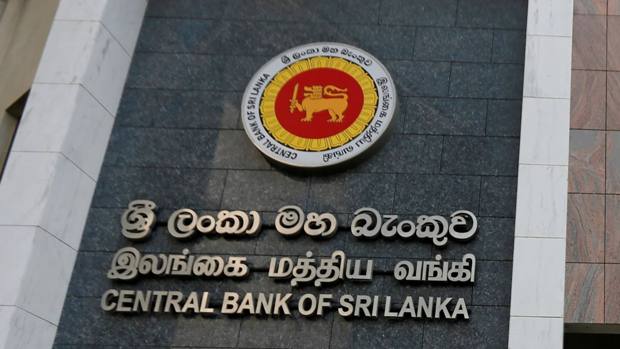By Shihar Aneez
COLOMBO – Sri Lanka’s Central Bank’s ‘aggressive’ dollar buying has prevented sharp appreciation of the rupee, dealers say, as the currency is expected to be on a rising trend against the US dollar for some time with positive sentiment on pending IMF Board loan approval.
The rupee is trading between 312 and 318 against the US dollar compared to 360 level a week ago, showing a near 15% rise.
The sharp appreciation comes amid speculation over dollar inflows from International Financial Corporation into three private banks and further inflows soon after the International Monetary Fund (IMF) Executive Board approval of a $2.9 billion loan later this month.
“The rupee would have easily hit 275 against the dollar if not for the central bank’s aggressive buying,” a currency dealer said asking not to be named.
“This is mainly due to exporters selling their dollar holdings to have cash inflows for the future without borrowing at a high cost after the central bank raised the interest rates.”
“The volume of dollar conversion has declined today and I think the rupee will stabilize somewhere around 310 level. But it all depends on where the central bank wants the rupee.
The central bank in a surprise move raised the policy rates by 100 basis points on Friday (3), a move backed by the IMF.
Other analysts said the central bank has bought more than $100 million from the market in the last three days.
“The appreciation will continue as long as the central bank’s import ban and non-repayment of foreign loans continues,” another currency dealer said.
The rupee rise has led to a reduction in the price of several imported goods including wheat flour and sugar.
The currency, which became the world’s best performing currency so far this year, is expected to decline and lose almost a fourth of its value against the dollar by end-2023, Fitch Solutions has predicted, Bloomberg has reported.
Currency dealers, however, said the 390 rupee per dollar year-end estimation by Fitch “may be unlikely”.
“The same rating agency gave a high rating for banks which faced closure in 2008 due to subprime mortgages. However, the rupee may come under pressure when the import ban is removed, but we do not see it going to the level Fitch has expected,” a third dealer said.
Sri Lanka’s rupee collapsed from around 200 against US dollar to 370 within a few weeks last year after the central bank artificially propped up the local currency amid printing trillions of rupees in 2020 and 2021, which also led the country to see hyperinflation.
Analysts say exporters can still hold the dollars in their foreign account for import requirements though the central bank has asked them to convert all the dollars within 180 days.
Many Sri Lankan businesses have opened branches in Dubai, Singapore, and Hong Kong among many other foreign countries since the unprecedented economic crisis started in mid-2022.
-economynext.com



Comments are closed, but trackbacks and pingbacks are open.